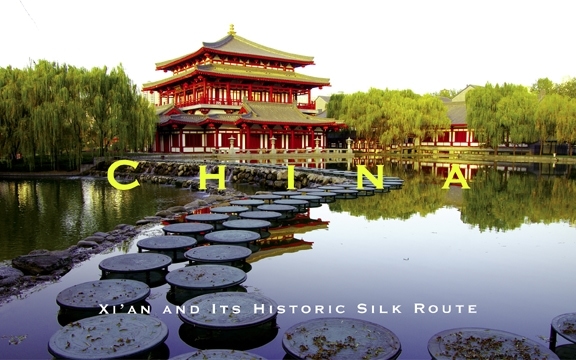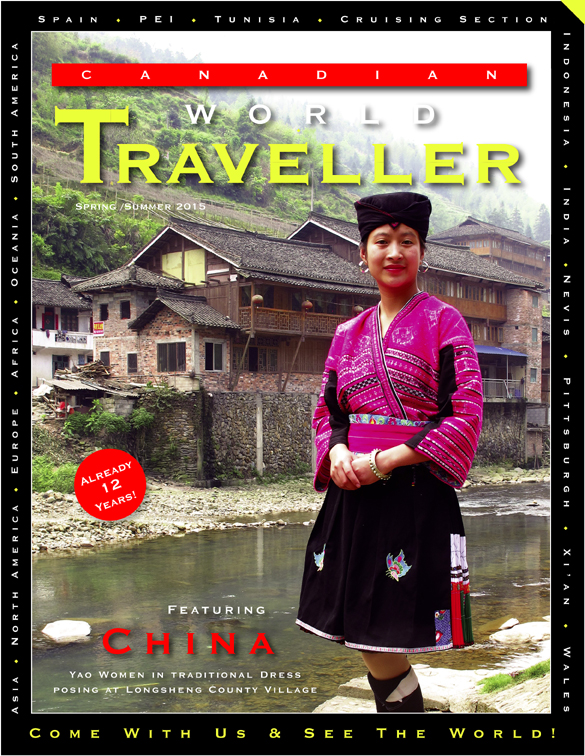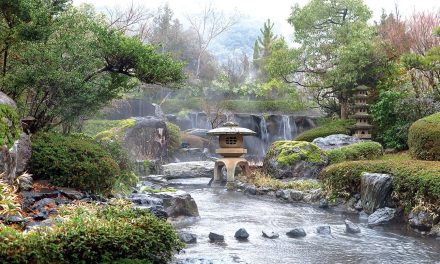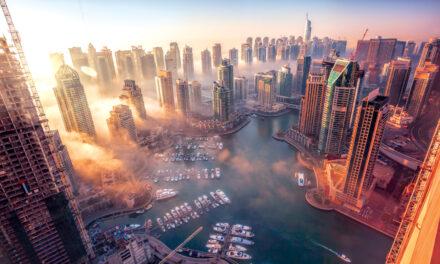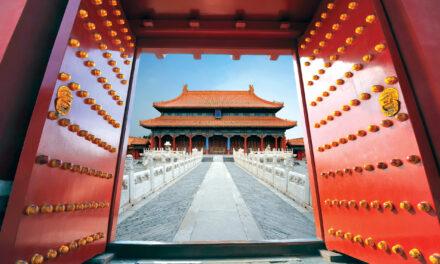China
Xi’an and Its Historic Silk Route
by Habeeb Salloum

For years, during visits, as I roamed through the countries of Asia I often dreamt of the historic Silk Route. Once carrying the goods from China, to the Mediterranean coast and back, it had a great hand in forming the culinary kitchens in that part of the world.
Situated strategically at the crossroads of the routes crossing China and Central Asia, the city of Xi’an was the first stop on the famous Silk Route and from here, caravans began their journeys westward, then returned bringing back with them the foods of India, Persia, the Arab world and beyond. Much of the culinary delights of Asia and the Middle East were incorporated into the Xi’an kitchen, creating a unique and tasty cuisine.
Now as I explored the city of Xi’an, China’s metropolis of history, I felt that my dreams of touring a part of the Silk Route while glorying in the food of China was about to be fulfilled. As I meandered through the city, I felt a rush of excitement knowing that I was about to experience what the Silk Route gave to Xi’an and what Xi’an gave to the world through trade and culture as a commercial centre.
Xi’an was a treasure-house of historic remains. With a history going back some 3,000 years it became, in ancient times, very wealthy, thus gaining the name ‘Golden City’. Serving as the capital of China for thirteen Dynasties, it became a thriving trading and religious centre. All these activities for centuries have left their mark on the city. Mosques, pagodas, palaces, and especially the emperors’ mausoleums in Xi’an and its environs have made it a tourist Shangri-la.
At the top of all these historic treasures in this city of 6 million, is its Terra Cotta army created by one of China’s most renowned emperors, Qin Shi Huang, who believed it would protect him for eternity. This great archaeological treasure, one of the most sensational finds of all times in China’s long and illustrious history, is an amazing memento to China’s past.
One of the most important of China’s emperors, his rule became a landmark in Chinese history. He is credited with standardizing the Chinese script, establishing a unified weight system, replacing hereditary rulers with a centrally appointed administrative system, instituting agricultural reform and uniting the country by building over 9,660 km (6,000 miles) of roads and 1,600 km (1,000 miles) of canals. Also, he joined previously built defence ramparts to form the first Great Wall of China. However, enshrining his name forever is his Terra Cotta army, which his admirers fondly call the 8th wonder of the world.
These clay warriors rank with the Great Wall as one of China’s most important historic sites. Stunning and eye-boggling, the more than 2,200 year-old Terra Cotta soldiers with their chariots, horses and weapons are, without doubt, one of the world’s great wonders, reflecting the pomp and glory of the times. Meant to accompany their Emperor after death, the more than 7,000 life-size clay soldiers, with their battle gear, marshalled in combat formation, ready for battle, give us a glance at one of China’s greatest wonders.
Not as significant as the clay warriors, but very impressive are the 600 year-old 14 km (9 mi) city walls, constructed by piling up the soil dug up from the surrounding moat and facing it with bricks. The best-preserved old city walls in China, standing 12m (39 ft) high, they were once topped by 98 towers, 20 of which remain – the most notable being the Bell, Drum and South Gate towers.
Another interesting side on the edge of town is the Pan Po Neolithic village, dating back to 4500 B.C. The site has yielded 45 homes, six pottery kilns, 200 storage pits, 250 tombs and 10,000 tools. A Disney-style village has been erected on the site to give visitors an idea of how the original town was at the dawn of civilization.
For travellers, an exciting end to their exploration of Xi’an is the Muslim Quarter. In this historic and romantic section, filled with fine eating places serving delicious Muslim food, one can stroll and shop for interesting traditional souvenirs while enjoying the aura of the Chinese-Muslim area.
After exploring this exotic quarter, I ended my day at the Tongshengxiang Restaurant. There I relished my niuyangroupaomo (steamed bun soaking in mutton soup), the famous dish for which Xi’an is known.
On the last evening that we were in Xi’an, the city that gave birth to China, we decided to try the epitome of the city’s renowned cuisine. Now seated in the Great Opera Theatre, we anxiously waited for our meal to begin. Soon our waiter was bringing in dish after dish of steamed jiaozis (dumplings) in all shapes and forms, served from bamboo trays.
As we relished our seemingly never-ending jiaozis, I could not believe the variety served – 16 types are usually offered as appetizers with a meal but, at times, 800 are served at a feast. All were delicious, delicate and inviting in appearance. They came in countless shapes such as avocados, chicken, cauliflowers, crabs, ducks and endless other versions with each form reflecting the filling.
The jiaozis were still coming when a live performance, which would turn out to be fantastic, began. The food had been heavenly, but what followed was real competition. The stunning costumes, music, songs, and dances of the performers reflected those of the Tang Imperial Dynasty.
Considered to be the finest representation of cultural history in China, to me, this performance was one of the best I had ever witnessed in all my travels. I was overwhelmed by the beauty, delicacy, and splendour of that evening’s entertainment.
When I returned home with the intention of writing a series of travel articles about my trip to Xi’an, my train of thought went back to my many conversations with members of my tour group in Xi’an. Although topics varied with different persons, all agreed that part of the great wonder of the city was its food, lamenting that fact that when they returned home, they could never experience the tastes of Xi’an’s dishes again only unless they returned to this once imperial city.
These conversations and Xian’s exhibition of its cultural heritage and its outstanding gourmet food cemented in me the idea of one day writing a cookbook about the foods of Asia bringing together the best dishes from regions along the Silk Route and beyond.
I put into effect my cookbook project by gathering all the travel and culinary notes that I had made during my trips to Asia. My goal: to simplify complicated Asian recipes yet retain their originality. For many years a good number of my family members, colleagues and friends protested that even though they loved Asian food, it was too difficult to cook. I took their words to heart and began my culinary journey.
I experimented with methods on techniques to make things simple and substituted some of the rare spices and other hard-to-find ingredients with alternatives available in North American grocery outlets. In the process, I developed simple to prepare yet authentic Asian dishes. Hence, my cookbook Asian Cooking Made Simple: A Culinary Journey along the Silk Road and Beyond (Sweet Grass Books/Far Country Press: Helena, MT, 2014).
The cookbook is a compendium of dishes from Asia’s most typical cuisines from the Mediterranean to China and beyond. It presents 218 recipes from twenty-two distinct cuisines scattered across Asia and the Middle East.
For each cuisine, I recount the influences that have shaped the foods, including factors such as the cultural exchange brought by the spice trade, and colonial powers that recreated their favourite dishes far from home. From familiar foods such as General Tso’s chicken, miso soup, and kebabs to less-familiar dishes such as Singaporean chile crabs, Uyghur tomato and cucumber salad, and Arabian cardamom coffee, my recipes offer the chance to savour a fresh take on an old favourite or to try something new entirely.
The book brings an exotic culinary world within everyone’s reach. For this, I give Xi’an and its food a good part of the credit.
http://en.xian-tourism.com
Click on cover to view published article

